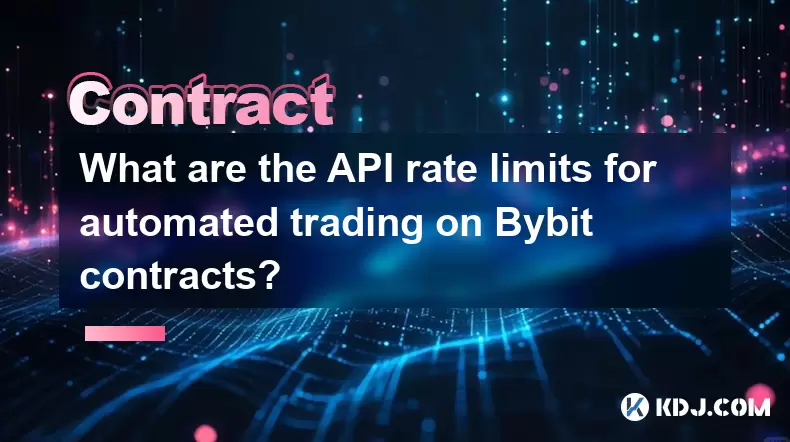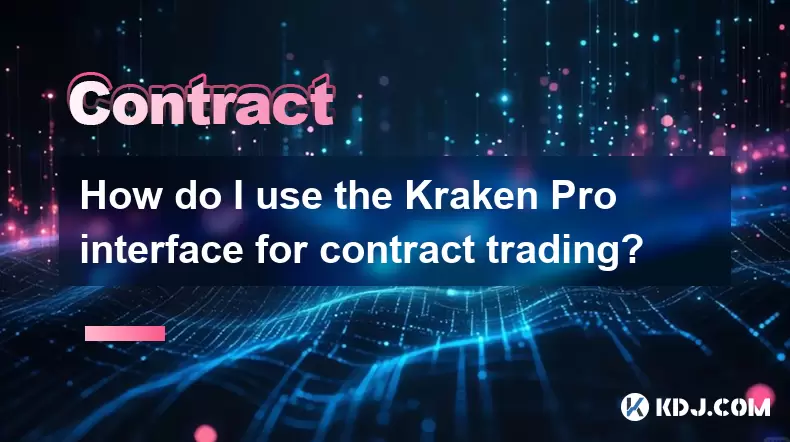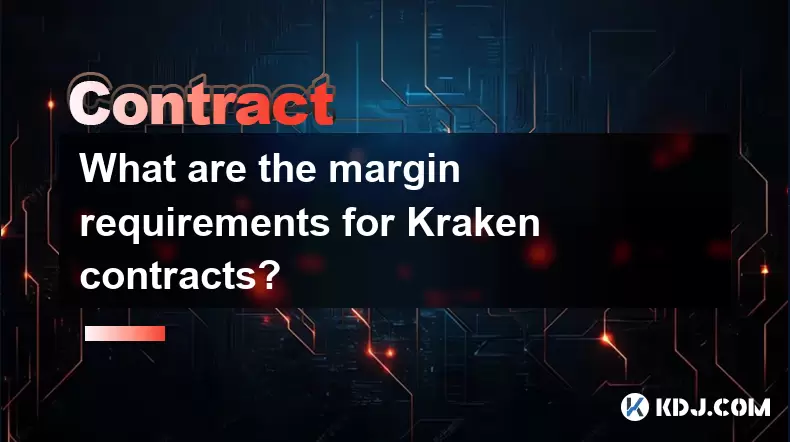-
 Bitcoin
Bitcoin $117600
2.11% -
 Ethereum
Ethereum $3907
6.13% -
 XRP
XRP $3.288
9.68% -
 Tether USDt
Tether USDt $1.000
-0.01% -
 BNB
BNB $784.8
2.00% -
 Solana
Solana $174.3
3.60% -
 USDC
USDC $0.9997
-0.03% -
 Dogecoin
Dogecoin $0.2220
8.04% -
 TRON
TRON $0.3379
0.01% -
 Cardano
Cardano $0.7829
5.46% -
 Stellar
Stellar $0.4348
8.84% -
 Hyperliquid
Hyperliquid $40.50
6.38% -
 Sui
Sui $3.757
7.22% -
 Chainlink
Chainlink $18.41
10.06% -
 Bitcoin Cash
Bitcoin Cash $581.6
1.91% -
 Hedera
Hedera $0.2586
5.37% -
 Avalanche
Avalanche $23.30
4.67% -
 Ethena USDe
Ethena USDe $1.001
0.01% -
 Litecoin
Litecoin $122.0
2.62% -
 UNUS SED LEO
UNUS SED LEO $8.972
-0.23% -
 Toncoin
Toncoin $3.338
1.14% -
 Shiba Inu
Shiba Inu $0.00001282
3.76% -
 Uniswap
Uniswap $10.38
6.88% -
 Polkadot
Polkadot $3.852
4.63% -
 Dai
Dai $1.000
0.02% -
 Bitget Token
Bitget Token $4.463
2.29% -
 Monero
Monero $263.6
-7.22% -
 Cronos
Cronos $0.1496
4.78% -
 Pepe
Pepe $0.00001106
4.91% -
 Aave
Aave $284.3
8.09%
How to hedge in Binance contracts? Is the long-short dual-opening strategy feasible?
Hedging on Binance involves using futures to offset spot position risks, while the long-short dual-opening strategy aims to profit from volatility by opening simultaneous long and short positions.
May 04, 2025 at 10:01 pm

Hedging and implementing strategies like the long-short dual-opening approach on Binance contracts are essential skills for managing risk and potentially increasing returns in the volatile cryptocurrency market. This article will delve into the detailed mechanics of hedging on Binance, and explore the feasibility of the long-short dual-opening strategy.
Understanding Hedging on Binance Contracts
Hedging in the context of Binance contracts involves taking a position in a futures contract to offset potential losses in another position. This strategy is used to reduce the risk of adverse price movements in an asset. On Binance, you can hedge using futures contracts, which allow you to buy or sell an asset at a predetermined price at a future date.
To hedge on Binance contracts, follow these steps:
- Log into your Binance account: Ensure you have a verified account and sufficient funds.
- Navigate to the Futures section: Click on "Derivatives" and then "USDT-M Futures" or "COIN-M Futures" depending on your preference.
- Select the asset you want to hedge: Choose the futures contract of the asset you hold in your spot wallet.
- Open a position: If you hold the asset in your spot wallet, you would typically open a short position in the futures market to hedge against a potential price drop. Conversely, if you are short on an asset, you would open a long position to hedge against a potential price increase.
- Set your leverage: Decide on the amount of leverage you want to use. Higher leverage increases both potential returns and risks.
- Place your order: Decide whether to use a market order for immediate execution or a limit order to set a specific price.
- Monitor and adjust: Keep an eye on your positions and adjust them as needed based on market movements.
The Long-Short Dual-Opening Strategy on Binance
The long-short dual-opening strategy involves simultaneously opening a long position and a short position on the same asset but at different price levels. This strategy aims to profit from the volatility of the asset while minimizing risk.
To implement the long-short dual-opening strategy on Binance, follow these steps:
- Select the asset: Choose a highly volatile asset that you believe will fluctuate significantly in the near future.
- Open a long position: Enter a long position at a lower price level, expecting the price to rise.
- Open a short position: Simultaneously, enter a short position at a higher price level, expecting the price to fall.
- Set stop-loss and take-profit orders: To manage risk, set stop-loss orders for both positions to limit potential losses. Similarly, set take-profit orders to secure profits when the price reaches your target levels.
- Monitor and adjust: Continuously monitor the market and adjust your positions as necessary. If the market moves significantly in one direction, you may need to close one position to minimize losses.
Feasibility of the Long-Short Dual-Opening Strategy
The feasibility of the long-short dual-opening strategy depends on several factors, including market volatility, trading fees, and the trader's ability to predict price movements accurately.
Key considerations for the feasibility of this strategy:
- Market Volatility: The strategy works best in highly volatile markets where price swings are frequent and significant. In a stable market, the strategy may not yield substantial profits.
- Trading Fees: Binance charges fees for opening and closing positions. These fees can eat into your profits, especially if you are making frequent trades.
- Predictive Accuracy: The success of this strategy heavily relies on your ability to predict price movements accurately. If your predictions are off, you could end up with losses on both positions.
- Risk Management: Effective risk management is crucial. Setting appropriate stop-loss and take-profit levels can help mitigate potential losses.
Practical Example of Hedging on Binance
Let's consider a practical example of hedging on Binance. Suppose you hold 1 BTC in your spot wallet, and you are concerned about a potential price drop. To hedge this position, you would:
- Open a short position in BTC futures: Go to the BTC/USDT futures market and open a short position equivalent to the amount of BTC you hold.
- Set your leverage: If you choose 10x leverage, you would need to put up 0.1 BTC as margin to short 1 BTC.
- Monitor the market: If the price of BTC drops, your short position in futures will gain value, offsetting the loss in your spot position.
Practical Example of the Long-Short Dual-Opening Strategy
Now, let's look at an example of the long-short dual-opening strategy. Suppose you believe that ETH will experience significant volatility in the next few days. You could:
- Open a long position at $2,000: Enter a long position in ETH/USDT futures at $2,000, expecting the price to rise.
- Open a short position at $2,200: Simultaneously, enter a short position in ETH/USDT futures at $2,200, expecting the price to fall.
- Set stop-loss and take-profit orders: For the long position, set a stop-loss at $1,950 and a take-profit at $2,100. For the short position, set a stop-loss at $2,250 and a take-profit at $2,100.
- Monitor and adjust: If ETH's price moves significantly, you may need to close one position to minimize losses or secure profits.
Risks and Considerations
While both hedging and the long-short dual-opening strategy can be effective risk management tools, they come with their own set of risks and considerations.
Key risks and considerations:
- Leverage Risk: Using leverage can amplify both gains and losses. It's crucial to use leverage responsibly and understand the potential for liquidation.
- Market Risk: Cryptocurrency markets are highly volatile, and unexpected events can lead to significant price movements that may not align with your predictions.
- Liquidity Risk: In less liquid markets, it may be difficult to enter or exit positions at desired prices, which can impact the effectiveness of your strategy.
- Complexity: Both strategies require a good understanding of the market and the ability to monitor positions closely. Inexperienced traders may find it challenging to manage these strategies effectively.
Frequently Asked Questions
Q1: Can I hedge my spot positions with options on Binance?
A1: Currently, Binance does not offer options trading. However, you can hedge your spot positions using futures contracts as described in the article.
Q2: What is the minimum amount required to start hedging on Binance?
A2: The minimum amount required to start hedging on Binance depends on the asset and the leverage you choose. For example, if you want to hedge 1 BTC with 10x leverage, you would need to put up 0.1 BTC as margin.
Q3: How often should I adjust my long-short dual-opening positions?
A3: The frequency of adjustments depends on market conditions and your trading strategy. In highly volatile markets, you may need to adjust your positions more frequently to manage risk effectively. It's important to monitor the market closely and be ready to act when necessary.
Q4: Can I use the long-short dual-opening strategy on all assets available on Binance?
A4: You can use the long-short dual-opening strategy on any asset that has a futures market on Binance. However, the strategy's effectiveness may vary depending on the asset's volatility and liquidity.
Disclaimer:info@kdj.com
The information provided is not trading advice. kdj.com does not assume any responsibility for any investments made based on the information provided in this article. Cryptocurrencies are highly volatile and it is highly recommended that you invest with caution after thorough research!
If you believe that the content used on this website infringes your copyright, please contact us immediately (info@kdj.com) and we will delete it promptly.
- Cold Wallet Crypto in 2025: The Future is Now, Ya'll
- 2025-08-08 05:10:13
- MAGACOIN, SOL, and ADA: A Tale of Shifting Tides in Crypto
- 2025-08-08 05:10:13
- SHIB Price, PEPE, and the Memecoin Supercycle: Who Will Reign Supreme?
- 2025-08-08 05:50:12
- Pudgy Penguins Price Prediction: Google Trends & Breakout Signals
- 2025-08-08 05:50:12
- UAE Crypto Regulation: SCA and VARA Unite to Streamline the Future of Digital Assets
- 2025-08-08 05:55:48
- MAGACOIN Finance: The Presale Phenomenon Rocking the Crypto World
- 2025-08-08 05:55:48
Related knowledge

Are there any fees for futures settlement on OKX?
Aug 08,2025 at 05:35am
Understanding Futures Settlement on OKXFutures settlement on OKX refers to the process by which open futures contracts are automatically closed or mar...

How to use the OKX margin calculator for futures?
Aug 08,2025 at 05:15am
Understanding the OKX Margin Calculator for FuturesThe OKX margin calculator is a specialized tool designed to assist traders in estimating the requir...

How to find and copy experienced traders on Bybit contracts?
Aug 08,2025 at 06:00am
Understanding Copy Trading on BybitBybit offers a copy trading feature that allows users to automatically replicate the contract positions of experien...

What are the API rate limits for automated trading on Bybit contracts?
Aug 08,2025 at 06:08am
Understanding API Rate Limits on BybitWhen engaging in automated trading on Bybit contracts, understanding the API rate limits is essential to prevent...

How do I use the Kraken Pro interface for contract trading?
Aug 08,2025 at 05:00am
Understanding the Kraken Pro Interface for Contract TradingThe Kraken Pro platform is designed for advanced traders who require speed, precision, and ...

What are the margin requirements for Kraken contracts?
Aug 08,2025 at 05:42am
Understanding Margin in Kraken Futures TradingWhen engaging in futures trading on Kraken, traders must understand that margin is the collateral requir...

Are there any fees for futures settlement on OKX?
Aug 08,2025 at 05:35am
Understanding Futures Settlement on OKXFutures settlement on OKX refers to the process by which open futures contracts are automatically closed or mar...

How to use the OKX margin calculator for futures?
Aug 08,2025 at 05:15am
Understanding the OKX Margin Calculator for FuturesThe OKX margin calculator is a specialized tool designed to assist traders in estimating the requir...

How to find and copy experienced traders on Bybit contracts?
Aug 08,2025 at 06:00am
Understanding Copy Trading on BybitBybit offers a copy trading feature that allows users to automatically replicate the contract positions of experien...

What are the API rate limits for automated trading on Bybit contracts?
Aug 08,2025 at 06:08am
Understanding API Rate Limits on BybitWhen engaging in automated trading on Bybit contracts, understanding the API rate limits is essential to prevent...

How do I use the Kraken Pro interface for contract trading?
Aug 08,2025 at 05:00am
Understanding the Kraken Pro Interface for Contract TradingThe Kraken Pro platform is designed for advanced traders who require speed, precision, and ...

What are the margin requirements for Kraken contracts?
Aug 08,2025 at 05:42am
Understanding Margin in Kraken Futures TradingWhen engaging in futures trading on Kraken, traders must understand that margin is the collateral requir...
See all articles

























































































